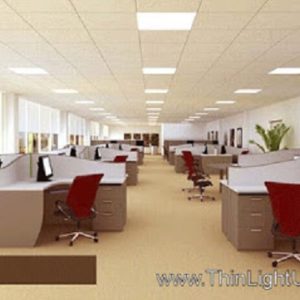There are so many components that go into patient care and healing that many people forget about how lighting affects a hospital experience. Yet hospital lighting can play a large role in a patient’s overall experience and in some cases can even affect recovery time. Many hospitals are using light and lighting levels to ensure people are as comfortable as possible. LED lights give hospital staff the flexibility to adjust light levels easily while still choosing the most cost effective lighting option.

Patient satisfaction and recovery
Everyone is familiar with the harsh white lights that are stereotypical of a hospital lighting. It’s such a familiar theme that the coldness of hospital lighting often makes its way into setting descriptions in novels. By using LED lights hospitals and clinics are striving to make patients’ experiences more comfortable. LED lights can be programmed to mimic daylight conditions by using a digital control that adjusts the light from warm white to cold white. This allows hospital staff to mirror natural circadian rhythms for patients who are immobile. Aside from making the patients more comfortable, it also has been shown to balance cortisol and melatonin levels and to improve emotional well-being.
Hospital Lighting waiting areas
LED lights are being used in a variety of innovative ways in hospital waiting rooms, both to provide additional comfort and to help distract patients during long wait periods in hospitals. With their long lifespan and programmable technology, designers have freedom to create lit walls that are interactive and engaging. Lights can also be programmed to be dimmer during nighttime hours and brighter during the day.
Lighting in facilities of elderly care
Amber LED lights together with movement sensors have been used in the rooms of elderly residents to turn on when they get out of their beds. The movement sensor ensures that the light turns on when it is needed and the amber light disrupts sleep significantly less than blue or white toned light. The LED light and motion sensor combination has been shown to reduce falls and improve patient care.
Another benefit of LED lights for elderly care facilities is that caregivers are able to dim the light levels during rounds, therefore preventing discomfort and glare that can occur when nurses turn on overhead lights.
